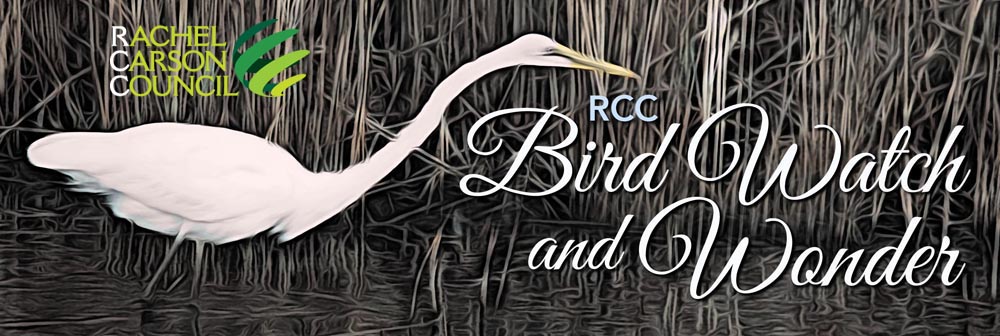 | | | 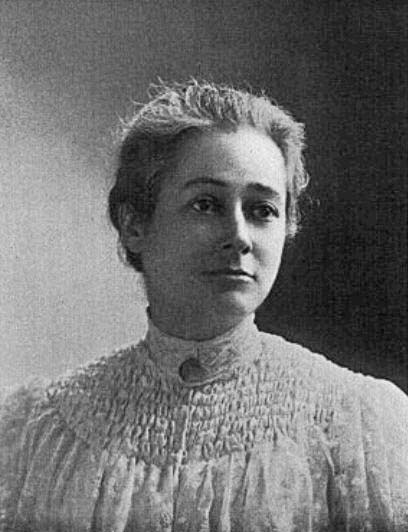 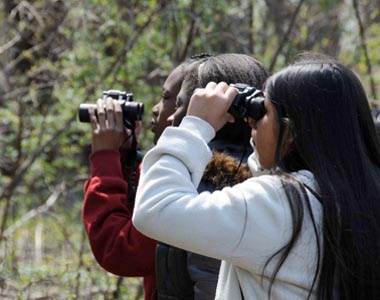 March is the start of spring bird migration and Women’s History Month. So, for bird beginners, we offer a free RCC Binoculars Basics PDF on how best to pick the right binoculars before you head out to peer into the trees and bushes. And for women’s history, we introduce you to Florence Merriam Bailey. She actually started the huge birdwatching craze with her 1889 book, Birds Through An Opera-Glass, the first real field guide to birds and binoculars. March is the start of spring bird migration and Women’s History Month. So, for bird beginners, we offer a free RCC Binoculars Basics PDF on how best to pick the right binoculars before you head out to peer into the trees and bushes. And for women’s history, we introduce you to Florence Merriam Bailey. She actually started the huge birdwatching craze with her 1889 book, Birds Through An Opera-Glass, the first real field guide to birds and binoculars. And, despite the continuing decline and dangers for many bird species throughout the United States, there is much positive news to report this month as our fellow humans seek to protect, preserve, and understand the needs of our avian friends. There is, for instance, the amazing new bird habitat at the National Zoo in Washington, D.C., a not-to-be-missed opportunity for bird lovers and tourists to look up close at birds in the natural habitats like a simulated coffee plantation. 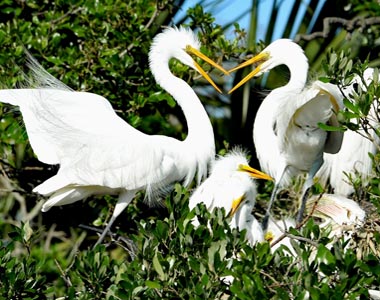 In Florida, the numbers of egrets and other wading birds once nearly slaughtered to extinction before women like Florence Merriam Bailey and others successfully sought to end their use in the early twentieth century women’s hat industry, are back up to levels not seen since the 1930s. Since birds depend on habitat as well as protection from shooting, we can also take heart in the huge, helpful sections for birds and conservation in the massive Biden Administration Farm Bill, the largest single source of conservation funding of all. In Florida, the numbers of egrets and other wading birds once nearly slaughtered to extinction before women like Florence Merriam Bailey and others successfully sought to end their use in the early twentieth century women’s hat industry, are back up to levels not seen since the 1930s. Since birds depend on habitat as well as protection from shooting, we can also take heart in the huge, helpful sections for birds and conservation in the massive Biden Administration Farm Bill, the largest single source of conservation funding of all.
Learning about and loving birds is, of course, key to their protection, so we offer plenty of “Bird Lore” this month, like the incredible intelligence of crows, and “Bird Art” that showcases, through exquisite photographs, the special link between birds and those native plants that more and more folks are planting instead of lawns. Look, too, for our feature the “Best of Bird of the Week” which picks the bird that drew the most interest from our readers during the month. See if you can guess which one it is. And then, be sure to write us with your suggestion for a “Bird of the Week” you would like to see during April. Just drop a line to office@rachelcarsoncouncil.org. We read them all. Finally, if you can’t travel to the Delaware Bay at just the right time of tides and moon to see the conjunction of horseshoe crabs and migrating Red Knots fattening up on their eggs during migration, you can arrange a community live or online showing for your friends and neighbors, bird club, school or college of the dazzling documentary, Horseshoe Crab Moon. Then settle back (without binoculars) to watch “one of the great wildlife wonders of the world.” — Bob Musil | | | | | | | | 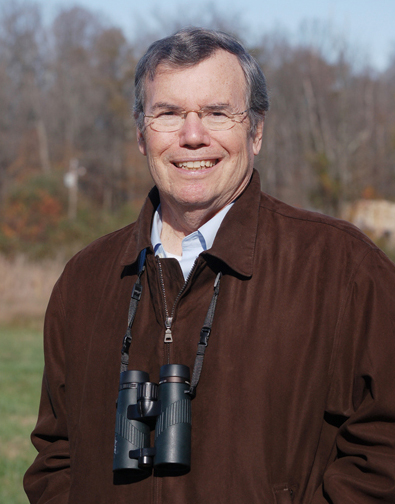 Bob Musil is the President & CEO of the Rachel Carson Council and author of Rachel Carson and Her Sisters: Extraordinary Women Who Have Shaped America’s Environment (Rutgers, 2016) and Washington in Spring: A Nature Journal for a Changing Capital (Bartleby, 2016). He is also the editor of the forthcoming annotated edition from Rutgers University Press of Rachel Carson’s Under the Sea-Wind with his Introduction, updated marine science, and historic and contemporary illustrations and photographs. Bob Musil is the President & CEO of the Rachel Carson Council and author of Rachel Carson and Her Sisters: Extraordinary Women Who Have Shaped America’s Environment (Rutgers, 2016) and Washington in Spring: A Nature Journal for a Changing Capital (Bartleby, 2016). He is also the editor of the forthcoming annotated edition from Rutgers University Press of Rachel Carson’s Under the Sea-Wind with his Introduction, updated marine science, and historic and contemporary illustrations and photographs. | | | | | | Binoculars Basics To best see the marvels of nature, especially the wonderful world of birds, you will want to buy binoculars as good as Rachel Carson’s! And you’ll want an additional pair if you want to encourage and include children. These “RCC Binocular Basics” are designed to help you understand just what you need to know before you buy. Now you’re ready to follow in Rachel Carson’s footsteps, whether up Hawk Mountain, along the C&O Canal, or anywhere where you want to discover and see nature up close and in focus! So, let’s get started with the basics of binoculars. You can also download a FREE Binoculars Basics PDF! | | | | | | | | National Zoo Debuts a Serene New Habitat For Birds and Humans Water pours from the overhead rain bar in the National Zoo’s simulated coffee plantation, and at first the birds seem invisible against the damp foliage. If you keep looking, you begin to spot them: The black-throated green warbler, with its yellow head. The cedar wax wing, with its black mask and fuzzy crest. The black-and-white striped warbler, with its zebralike markings. | | | | | | | | South Florida's Wading Birds Nested at Near-record Numbers In 2021, the Western monarch butterfly made an astounding comeback in California, the Great Barrier Reef displayed unmistakable signs of recovery in Australia, and a giant tortoise thought to be extinct for more than a century was deemed alive, well, and in desperate need of a mate in the Galapagos Islands. Wading birds, long-considered sentinel species because the health of their populations track closely with the well-being of the environment they inhabit, nested throughout the Florida Everglades in vast numbers not seen since the 1930s. | | | | | | | | Once Scorned, Birds Are Returning to Farms The Wild Farm Alliance is working with farmers across California and beyond to help farmers take advantage of birds as natural pest control. For more than two decades, Wild Farm Alliance (WFA) has provided just that—an alliance—between farmers and wildlife advocates. Based in California, the group is focused on finding common ground between two groups that have often been at odds in an effort to address the biodiversity crisis while helping farms benefit from adding more wildlife to their operations. | | | | | | | | This Year's Farm Bill Could Be a Game-Changer for the Most Imperiled U.S. Land Birds Conservation measures written into previous Farm Bills temporarily reversed population declines in grassland species like the Bobolink. American Bird Conservancy has recommendations to build on that past success. North America's grassland birds are disappearing at an alarming rate, with many considered to be at a conservation “tipping point.” | | | | | | | | | | ‘The right thing to do’: How a Darkened Philly Skyline Has Helped Save Birds Some of Philadelphia’s most iconic skyscrapers — Comcast Technology Center, Cira Centre, and Liberty Place — will turn off, or turn down, their lights to prevent birds from colliding with buildings. Starting April 1, some of Philadelphia’s most iconic skyscrapers — Comcast Technology Center, Cira Centre, and Liberty Place — will turn off, or turn down, their lights to help prevent birds from flying into buildings under Lights Out Philly, a program started in spring 2021. | | | | | | | | As Virginia Restores Quail Habitats, Their Unique Call is Heard Again ‘I don’t want to shoot them anymore — I just like to see them around and hear them whistle,’ said a landowner. In his teen years, when Joe Graves heard the unique call of quail on his family’s 800-acre farm in rural Virginia, he and his brother Clark would often go out with their dogs and hunt them. But due to development and a shift in agricultural practices, the birds that once flourished on their farm in Halifax County and in the state have become harder to find. | | | | | | | | Crows Are Self-Aware Just Like Humans, And They May Be as Smart as Gorillas Studies show that crows have a high number of tightly packed neurons that process information, allowing them to work out complex tasks. In a 2020 study, crows performed a complex task that involved hundreds of firing sensory analytical neurons. Crows can do jobs, share knowledge, and even ritualistically mourn their dead. Crows are extremely intelligent. They can use tools to get what they want, like New Caledonian crows in a single South Pacific island of the same name, which shape twigs into hooks to catch grubs from rotting logs. | | | | | | | | Why Do Birds Return North After Winter—Why Don’t They Just Stay Where It’s Warm? It’s pretty easy to explain why a lot of birds (and some other animals like certain bat species and monarch butterflies) go south for the winter. In our northern climes, winter is a tough season. It takes a lot of extra energy just to keep warm, and food can be very hard to come by, especially if fruits, insects, worms or other invertebrates are an important part of your diet. | | | | | | | | This Crow is ‘very intelligent’ — and It’s Struggling to Survive in the Wild Plans to repopulate Hawaii’s forests with its “very intelligent” crows have been upended in part by its natural predator, the Hawaiian hawk. Now scientists are tracking the hawk in order to save the corvids. Amy Durham wound the straps under the wing, over the wing, under the other wing, over the other wing, making sure the backpack-like device stays comfortably strapped to the Hawaiian hawk for many months. | | | | | | | | Overlooked No More: Florence Merriam Bailey, Who Defined Modern Bird-Watching Her pioneering approach involved quietly examining birds in their natural habitat, rather than shooting them, as people had previously done. In 1886, Manhattan was one of the richest bird-watching areas on the planet. One ornithologist from the American Museum of Natural History counted 40 distinct species on two walks in the city, including California quail, scissor-tailed flycatchers and at least one greenbacked heron. | | | | | | | | Seven Women Who Made the World Better for Birds and People We’re giving a major hat tip to these die-hard conservationists, because every month should be Women’s History Month. When we hear the word “naturalist,” we often think of Charles Darwin and his theories, John Muir, the “Father of National Parks,” and of course, John James Audubon. But let’s not forget the women who rallied to preserve the natural realm. From creating the first avian field guide, to ending the feather trade, to dying in pursuit of birds, these seven femmes prove that the history of incredible women transcends any single month. | | | | | | | | These Stellar Photos Show the Special Link Between Birds and Native Plants Enjoy some of our favorite entries for the Plants for Birds category of the 2022 Audubon Photography Awards. A Verdin nest tucked deep into a spiny cactus. An American Robin gulping down a berry. An ‘I’iwi probing for nectar. These stunning scenes depict common bird behaviors—breeding and foraging—often difficult to capture. But they also emphasize the important link between birds and plants native to their respective regions—a laudable endeavor. | | | | | | | | American Woodcock Spending much of their daylight time in forests and bogs they are well camouflaged to blend into the forest floor and leaf debris with light brown, black, buff, and gray-brown tones. American Woodcocks spend most of their time hidden while probing the ground for food such as earthworms, grasshoppers, insect larvae, beetles, crickets, millipedes, centipedes, even spiders. Occasionally, woodcock will also consume seeds of grasses and sedges. Their food of choice is earthworms due to their high fat and protein content. | | | | | | | | Mindfully Alert Lifting my head from watching the graceful and frequent direction-changing swimming of a small group of Hooded Mergansers, I caught a glimpse of this Red-tailed Hawk. Motionless on a high branch, it witnessed another way to be alive in the moment, alert and motionless. | | | | | | | | Horseshoe Crab Moon Produced & Directed by Mitchell Smith 48 minutes | SDH captions | Scene Selection “A tremendous resource that provides insight into
one of the great wildlife wonders of the world...” —David Mizrahi, PhD, Vice-president for Research and Monitoring, New Jersey Audubon Society 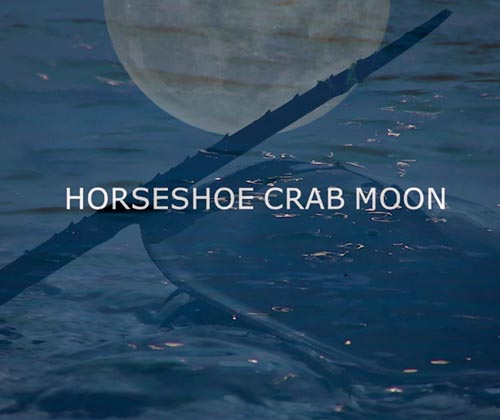 Horseshoe Crab Moon follows biologists Larry Niles and Amanda Dey and their team of dedicated researchers and volunteers as they study the decline of the Horseshoe Crab along the Delaware Bay area and its relationship to the precipitous population crash of the Red Knot, a globe-trotting sandpiper whose numbers have dropped nearly 80% in the last 20 years. Horseshoe Crab Moon follows biologists Larry Niles and Amanda Dey and their team of dedicated researchers and volunteers as they study the decline of the Horseshoe Crab along the Delaware Bay area and its relationship to the precipitous population crash of the Red Knot, a globe-trotting sandpiper whose numbers have dropped nearly 80% in the last 20 years.
Through a combination of meticulous cataloging of crab egg numbers and the physical health of various shorebirds of interest (including Red Knots, Turnstones and Sanderlings) and careful monitoring of migratory flight paths using geolocators, these scientists are crafting a body of scientific data that can be used to influence state and federal policies related to the conservation of coastal wetlands and bays from crab overharvesting and commercial development. Horseshoe Crab Moon is an inspiring story of the scientist and field biologist's successful efforts to connect an ancient ecosystem with the interconnected relationship of the moon, tides, Horseshoe crabs and sandpipers.  | | | | | | The March 2023 issue of Bird Watch and Wonder was produced by Ross Feldner. | | | | | |  The Rachel Carson Council Depends on Tax-deductible Gifts From Concerned Individuals Like You. Please Help If You can. The Rachel Carson Council Depends on Tax-deductible Gifts From Concerned Individuals Like You. Please Help If You can. | | | |  Sign Up Here to Receive the RCC E-News and Other RCC Newsletters, Information and Alerts. Sign Up Here to Receive the RCC E-News and Other RCC Newsletters, Information and Alerts. | | | | | | | | | | | |